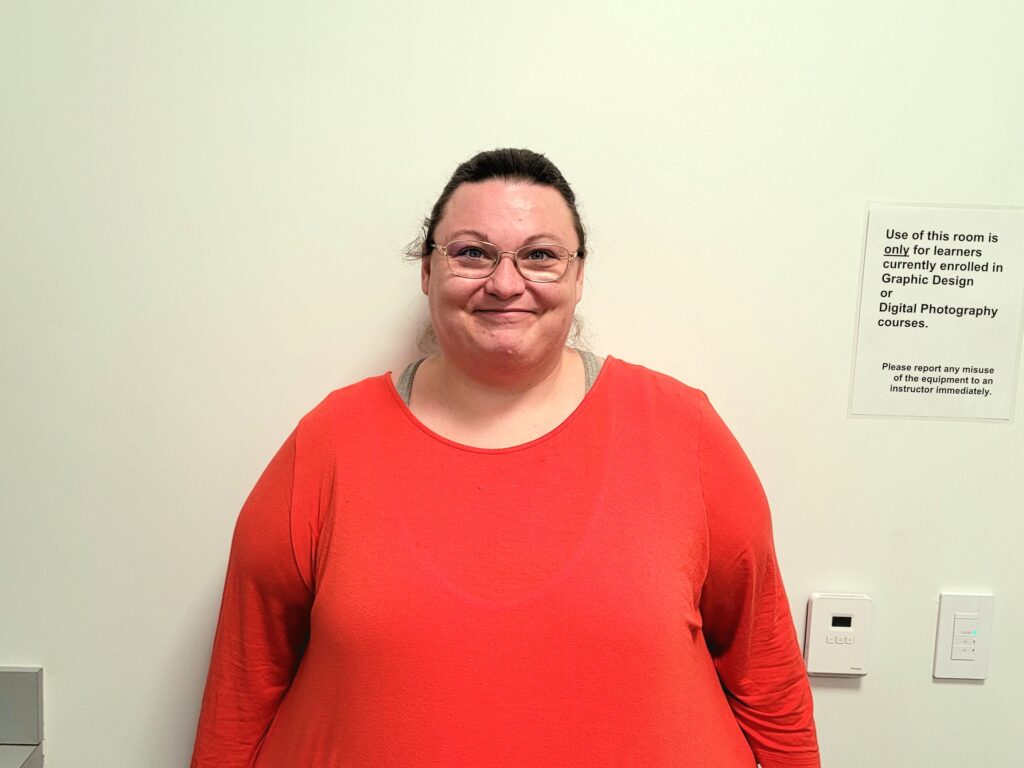Anthony Sturt
Chinook Writer
Brett Lane
Contributor
Students at Casper College use their student loans to cover their education expenses, and to facilitate more focus on studies and home life.
According to the Department of Education’s student aid page, student loans can be borrowed from the federal government or a private lender such as a bank or credit union. According to the Federal Student Aid Handbook, the money may be used for expenses such as tuition, books, room and board, dependent care, and more.
The extra funds provided by student loans can make it easier to complete college without being overburdened by living expenses.
Ashley Callender, a social work major at Casper College, suggested that her loans allowed her more freedom to focus on family and academic achievement.
Callender said, “Well they’ve allowed me to be able to focus on school and be at home with my kids. So it’s covered my bills and given me the opportunity to be able to focus on school and home life without having to work so hard.”
Additionally, Callender stated that she found her student loan necessary for her Casper College attendance.
According the the Federal Student Aid website, federal loans are either subsidized or unsubsidized. Subsidized student loans do not accrue interest while the student is in school, while unsubsidized loans do.
Veronica Mojica, who is a double major in social work and addiction studies at Casper College, shared current and past experience with student loans.
“In the past, like in 1999-2000, I didn’t pay them back like I was supposed to, so years down the road I didn’t get a tax return back for a few years because the government – the IRS – took their money back. So that kind of sucked, but it also taught me how I needed to learn how to be responsible,” said Mojica.
Struggling to pay off student loans is not a unique phenomenon. A 2022 CNBC survey found that 81% of adults with student loans say they’ve had to delay one or more key life milestones because of their debt. Some of these milestones included having children, paying off other debts, buying a home, and saving for retirement.
According to Education Data Initiative, the outstanding federal loan balance is $1.602 trillion, and the average debt balance is $37,088 per person. With an interest rate of 5.5%, that balance would accrue $5.59 in daily interest, and $167.70 over 30 days.
According to Education Data Initiative, the total student loan debt in Wyoming is $1.7 billion, and the average debt balance is $31,250 per person. Wyoming’s average debt is lower than the national average. According to Article 7, Section 16 of the Wyoming State Constitution, “This provision states that the University will be equally open to students of both sexes, irrespective of race or color and tuition will be nearly free as possible.” Wyoming is the only state to mandates that college be as cheap as possible, which contributes to the state’s student debt being lower than the national average.
Jessica Padilla, a social work major at Casper College, went to school for accounting 10 years ago, but did not complete her degree because of unforeseen circumstances. She needed six credits to graduate.

Pictured above is Jessical Padilla, a social work major at Casper College.
Padilla borrowed student loans to return to school after dropping out 10 years ago.
After leaving college 10 years ago, Padilla defaulted on her student loans. When she decided to return to school, she needed to take out more student loans to attend Casper College.
Padilla Said, “I was actually in default and that Fresh Start Program let me just start school immediately where– when I was in default last time I had to make 10 on-time payments before I could even get regular financial aid or student loans and so that program helped me get into school faster.”
The Fresh Start Program, also known as the Fresh Start Initiative, is an IRS program that helps taxpayers resolve debt. According to the website, the program is available to people who owe $10,000 or more. They can settle a debt for less than is owed, pause payments and collection actions, arrange an installment plan, and waive or reduce penalty fees.
Despite having struggled with debt in the past, Padilla expressed a positive, but cautious view of -student loans.
“I think that it’s really good that they have that (student loans) available for students, and I think it’s almost too easy to get the loans. So I do pay attention like what I’m accumulating because it is going to add up by the time I get my degree,” said Padilla.
Mojica said that she thought a live representative should be there to walk prospective borrowers through all of the details of student loans. She described applying for and receiving her student loans online.
“If I had a way to do it, I’d get somebody to do like a – even if it’s just an hour in one of these rooms, to give you a one-on-one on what you’re signing up for,” said Mojica.
Callender also suggested changes, but her solution focused on American education as a whole.
“I think that, in an ideal world, education would be free. In my heart, I feel like every person has a right to an education, and it would be nice for people to be able to go to school and not have to have the worry of the financial part of it,” said Callender, “Could I change that? Not necessarily, but — yeah, if I had it my way, that’s how it would be.”

